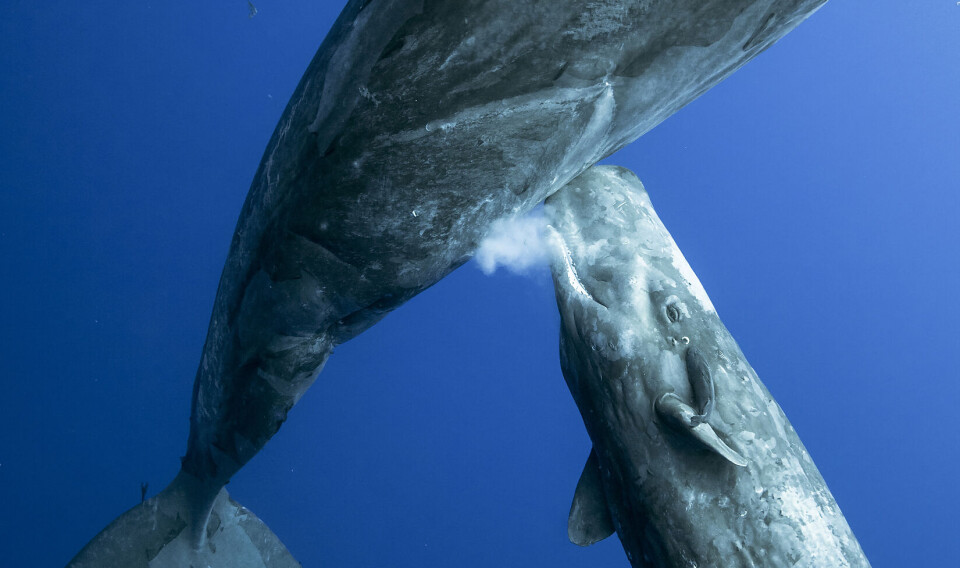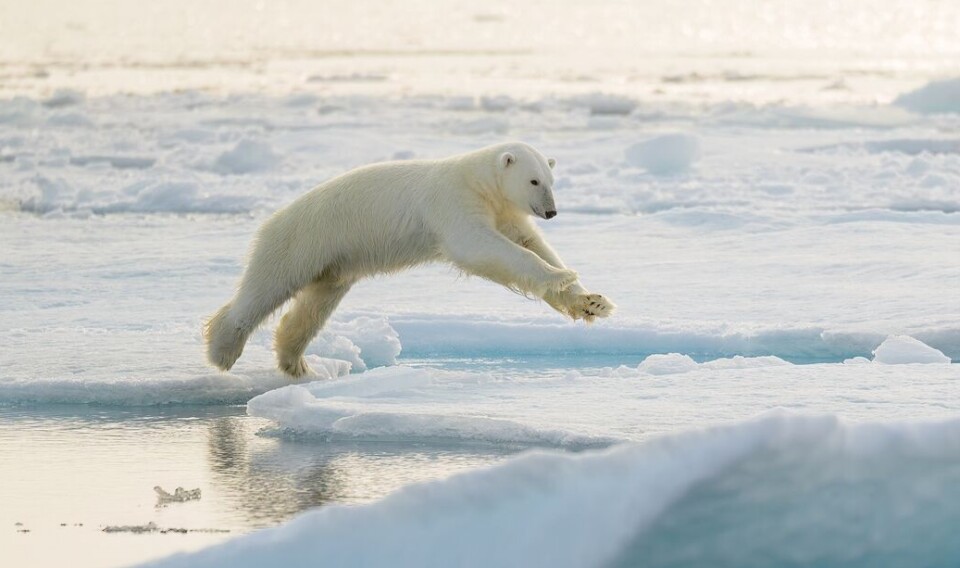Platypus: The mammal that doesn't have teats
"The young still get milk, but in a rather creative way," says researcher.
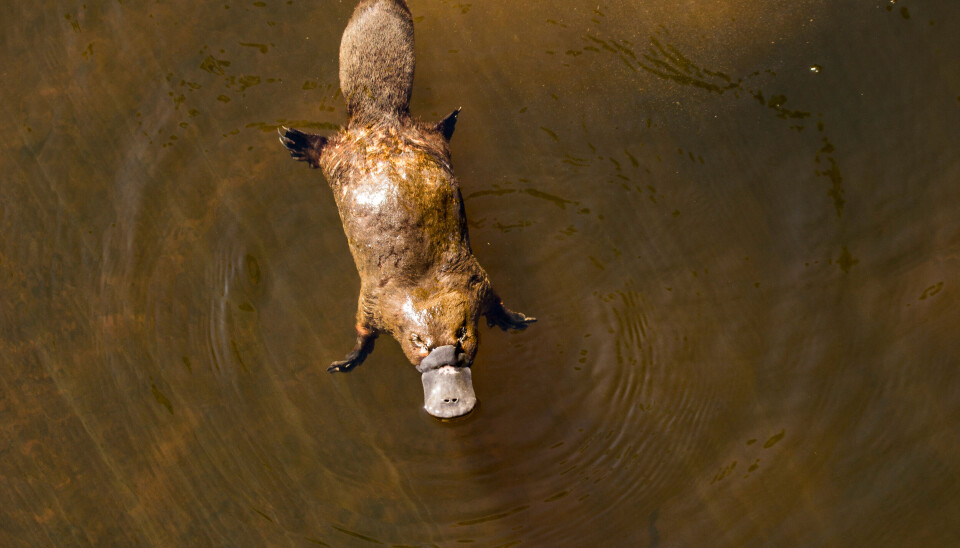
Have you ever thought about what makes an animal a mammal?
You might think: 'They have teats and give birth to live young.'
That's correct. But there's one mammal that breaks all the rules.
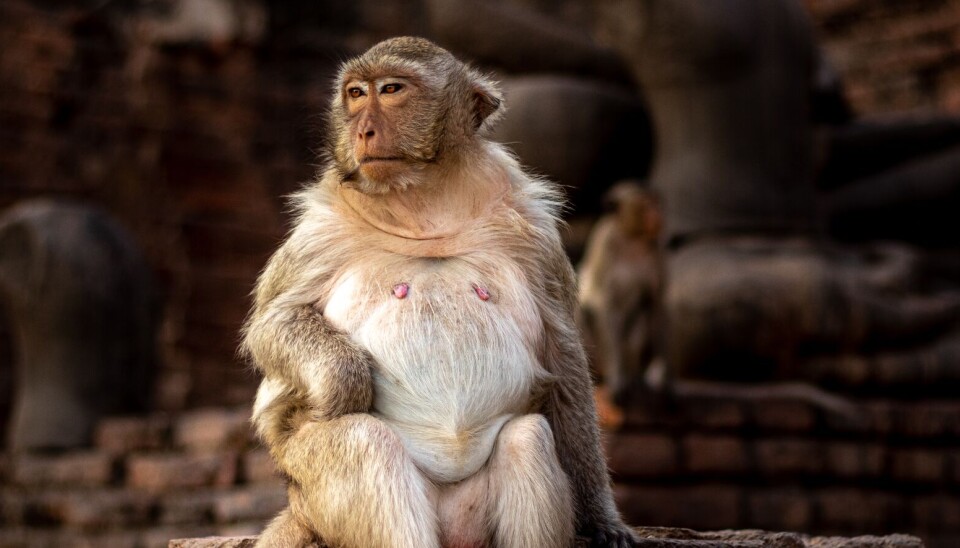
Teats and fur
"The most important thing is that mammals have mammary glands – teats – that produce milk for their young," says researcher Andreas Zedrosser.
Even mammals that live underwater feed their young milk. You can read more about that here.
Mammals also typically have hair or fur and are warm-blooded, meaning they can maintain a steady body temperature no matter the weather.
And most mammals give birth to live young.

"One of the coolest"
"But what about the platypus? They don't have teats – and they lay eggs."
"The platypus is one of the coolest mammals that exists, precisely because it does things in its own unique way," says Zedrosser.
The platypus has mammary glands under its skin. The milk seeps out through tiny pores, and the offspring lick it off their mother's fur.
"They still get milk, but in a rather creative way," says the researcher.
A mammal that lays eggs
The platypus lays eggs, just like birds and reptiles.
"That's because it belongs to an ancient group of mammals called monotremes," says Zedrosser.
Monotremes are the oldest branch of mammals still living today.
"They've tried other solutions than the rest of the mammals – like laying eggs instead of giving birth to live young," he says.
Zedrosser says that it's probably not the best strategy.
There are only five species of monotremes left in the world: the platypus and four species of echidnas. All live in Australia or on the island of New Guinea nearby.
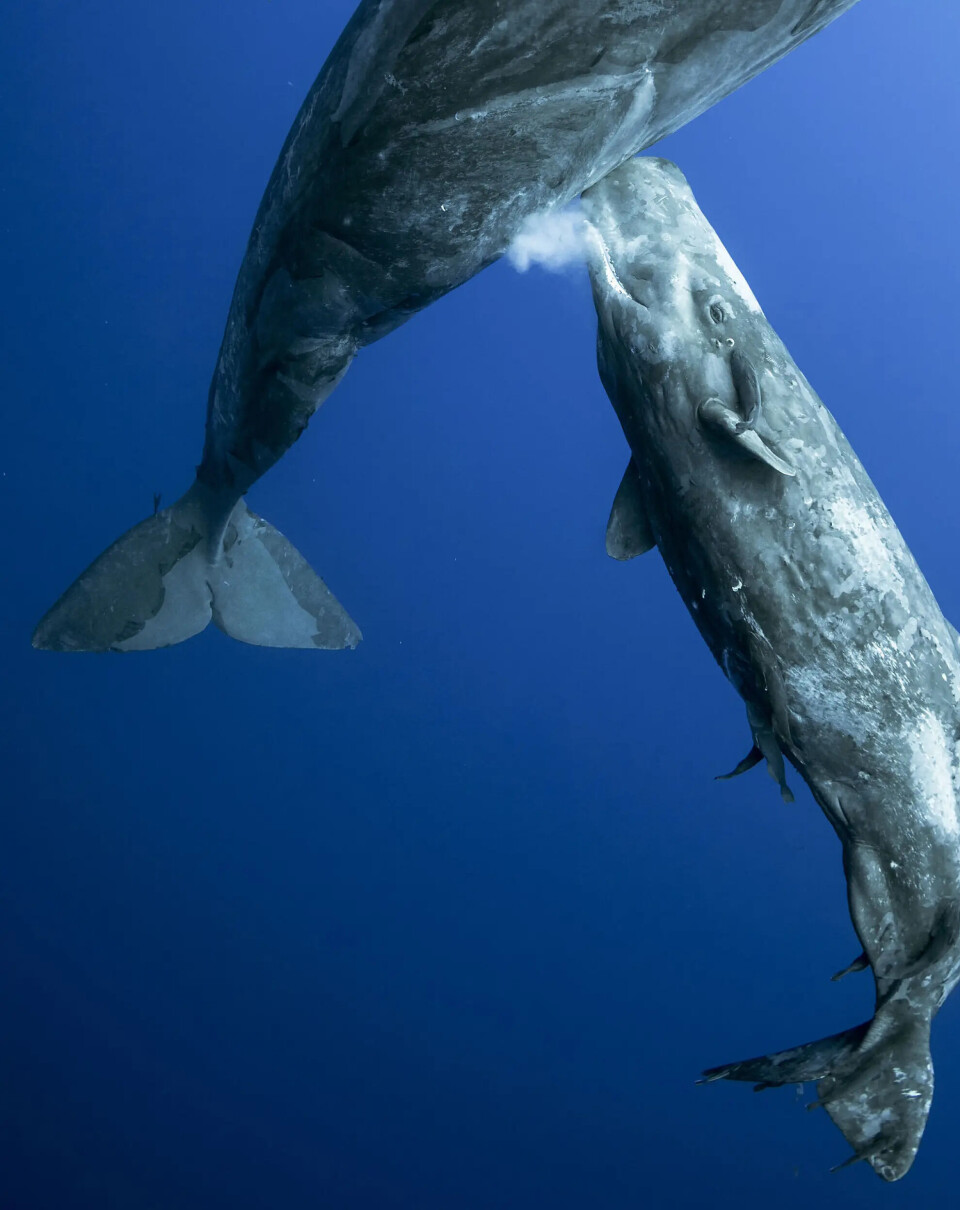
The bill can sense electricity
"Having teeth is considered typical for mammals," says Zedrosser.
The platypus has a duck-like bill.
"It's soft and flexible and works well when they dig for small animals in mud and sand," he says. "The coolest thing about the bill is that it can detect electric signals from the muscles of its prey."
That ability helps it hunt, even in the dark.
A venomous mammal
And as if this weren't enough:
"The platypus is the only venomous mammal in the world," says Zedrosser.
Males have venomous spurs on their hind legs, which they use during the mating season to fight other males.
The venom can't kill humans.
"But it's said to be very painful to be stung by a grumpy platypus," says Zedrosser.
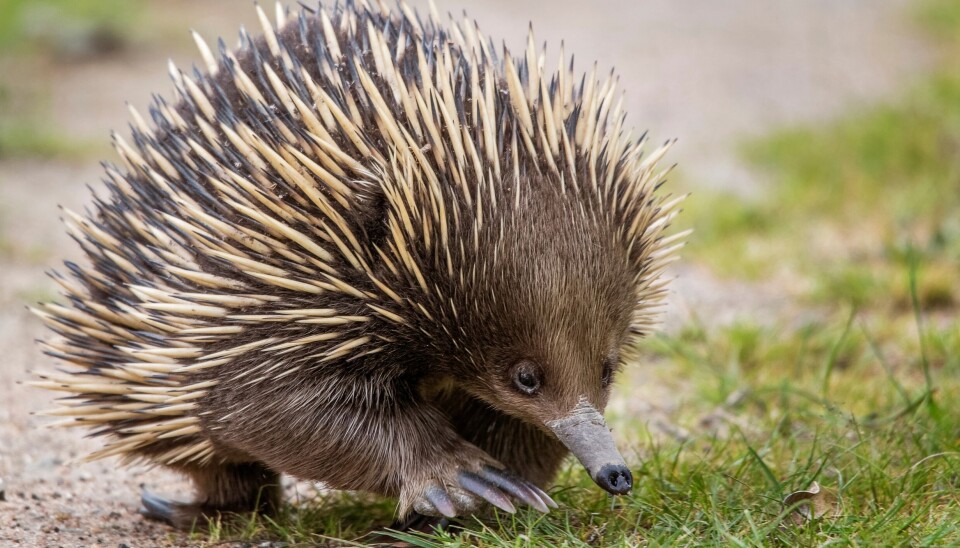
Important exceptions
Zedrosser says the platypus shows how inventive nature can be.
Most viewed
"Nature always finds a way. Evolution has an incredible ability to adapt and find new solutions," he says.
The platypus may be different from almost every other mammal, but that’s what makes it special.
"Exceptions in nature aren't mistakes, but just another way of doing things," says Zedrosser.
They are just as important as what we consider normal or typical.
"It's important that we understand diversity. That really applies to all aspects of life," says the researcher.
———
Translated by Alette Bjordal Gjellesvik
Read the Norwegian version of this article on ung.forskning.no
Related content:
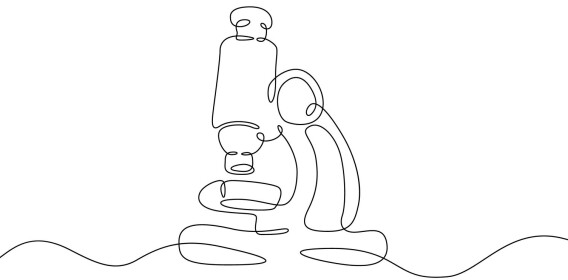
Subscribe to our newsletter
The latest news from Science Norway, sent twice a week and completely free.













